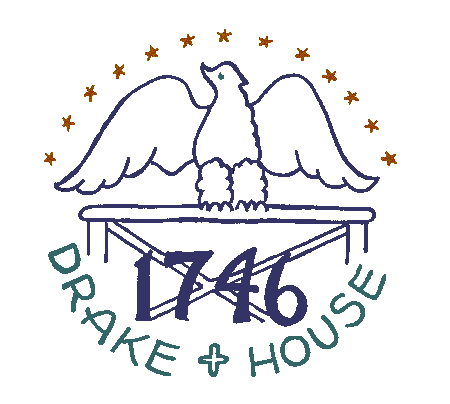 |
|||||||||||||||||
|
|
|||||||||||||||||
|
|
|||||||||||||||||
 |
||||
NEW BRUNSWICK may claim three on the list of early New Jersey clockmakers. They were all members of the Leupp family. The first was Louis, who immigrated from Germany prior to the
Revolution, and opened a shop in Albany Street. He was a silversmith as well, and three sons, Henry, Samuel, and Peter, followed in his footsteps. They will be discussed more fully in the chapter devoted to silversmiths.
The New Brunswick Advertiser
of March 27, 1798, lists Charles Wheeler and Isaac Reed as clock and watchmakers. Michael Hacker was a Moravian who settled in New Germantown (Oldwick), Hunterdon county, in the 1750s. Some of his tall clocks have been found dated as early as 1757, with either "New Germantown' or "Tewksbury" for address. He died in 1796.
Mathias Baldwin, born at Elizabethtown on December 10, 1795 spent his entire career as a clockmaker and inventor in Philadelphia. Apprenticed at the age of sixteen years, he was operating his own shop by nineteen and
in 1831 made a model steam locomotive that led to the founding of the Baldwin Locomotive Works. George Washington Coppuck, a maker of tall clocks, was working about 1825 at Mount Holly, and Samuel Baker had a shop at
several locations in New Brunswick from 1822 to 1858. A clockmaker of the 1840-50s, native to New Jersey, was Aaron Dodd Crane, descendant of a pioneer Newark family. Born in Caldwell on May 8, 1804, he was the
youngest of seven children. While still living in Caldwell, his first patent was issued. Presumably lost when the Patent Office in Washington was burned in 1836, it was for a pendulum clock. The next recorded event in
his life was his marriage to Sarah Campbell in the Caldwell Presbyterian Church on January 12, 1831. Crane was listed as a clockmaker in directories for 1842-43. And again in 1843-1844. In 1845 a history of
Essex and Hudson counties credits him with inventing a one-year clock, which was produced by James F. Mills & Co. Directories in Newark from 1849-57 show that he lived at 6 Lombardy Street in that city. In 1857-58
he was a clockmaker in Boston. Ezra Woodruff, a clockmaker in Elizabethtown between 1808-17, was born in January 14, 1787, the son of Enos and Charity (Ogden) Woodruff, according to family bible records. His trade was
learned from his father, who was a partner of William Dawes. A notice in the New Jersey Journal in 1804 reads: The firm of Dawes and Woodruff carry on the different branches of Clock and Watch making. Ezra Woodruff followed other crafts. An inventory of the estate of John Burnet of Elizabethtown in 1813 lists him as recipient of "a set of
coachmaker's tools, wheels and hub benches." He moved to Cincinnati, Ohio, shortly before 1820 and later to Louisville, Kentucky, where he operated a brass foundry and may well have turned out clockworks of that
metal. I know of a single tall clock bearing the name "Ezra Woodruff" on the dial. Inlay and decorations on the case date it from about 1810. Samuel Gamage, who was working in Elizabethtown from 1805 until 1814, was
a native of Cambridge, Massachusetts, where he was born April 16, 1782. He advertised first in the New Jersey Journal in May, 1805, as a clock and watchmaker, gold and silversmith, as follows:
Samuel Gamage begs leave to inform the public, that he has lately taken a shop adjoining the Store of Burrows & Howell, two doors from the Post Office, where he intends carrying on the above business in
its various branches, and hopes by his strict attention to receive a liberal patronage. All those who please to favor him with their custom may depend on being served with punctuality and dispatch.
After offering cash for gold and silver, the notice lists the following articles for sale:
Warranted clocks and watches, watch chains, seal, keys, trinkets, Silver and Plated tea and Table Spoons, Silver and Planted Sugar Tongs, plated Knives and Forks, gold and gilt ear knobs and Hoops of various
descriptions, finger rings, breast pins, silver Thimbles, brass ladies' elegant Medallions, lockets, Morocco thread Cases and purses of various kinds, horn and tortoise shell combs, pearls, garnets, cut glass and
Spain Beads, gold and silver Spangles, violin strings, snuff, tobacco and segar boxes , silver Fruit Knives, counting house plated Knives, polished steel and silver pencil cases, lead pencils and numerous other
articles. |
||||
Contents of any advertisements associated with this page are NOT endorsed in any way by |
||||